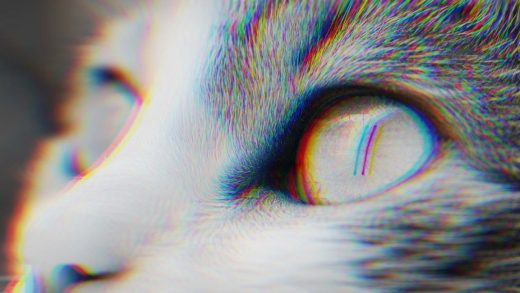Copy cat: China’s first cloned feline is here, and a horse could be next
When Huang Yu’s cat died, he stuck the body in the fridge. Like many amateur cryogenicists (and Barbra Streisand) before him, Yu hoped that scientists would be able to bring back his beloved pet, Garlic. Seven months and $35,000 later, Huang got his wish. He had reached out to Beijing-based lab Sinogene, which has been in the pet-cloning game since 2015, and asked them to clone Garlic. According to the New York Times, they pulled off the feat, making Garlic 2.0 China’s first cloned feline.
The cloning process had a lot more in common with The Handmaid’s Tale than with a well-funded Kardashian-West surrogacy, though, because as the Times points out, there are no laws against animal cruelty in China. To clone Garlic, scientists took skin cells from Garlic and implanted them into eggs harvested from other cats (without their consent, presumably), gave the eggs a good shock, and created 40 cloned embryos, which were implanted into four surrogate mother cats (also without their consent). That produced three pregnancies, two of which were miscarriages, and one of which resulted in Garlic 2.0.
While people with a lot of love in their hearts and too much money in the bank have been cloning cats in the United States for years, this is a first for China. The process shows that China is becoming a cloning powerhouse, and Sinogene seems determined to keep it that way. It is reportedly working on cloning a horse now, and may then start cloning endangered animals, including pandas and the South China tiger.
While Sinogene considers the cloning a success, Huang isn’t so sure. New Garlic has slightly different coloration than Old Garlic, despite reportedly being an exact DNA match, and looks more like a son or a cousin than a clone. “If I tell you I wasn’t disappointed, then I would be lying to you,” Huang told The Times. Next time Garlic passes away, perhaps he should try to find a Pet Sematary.
(13)



